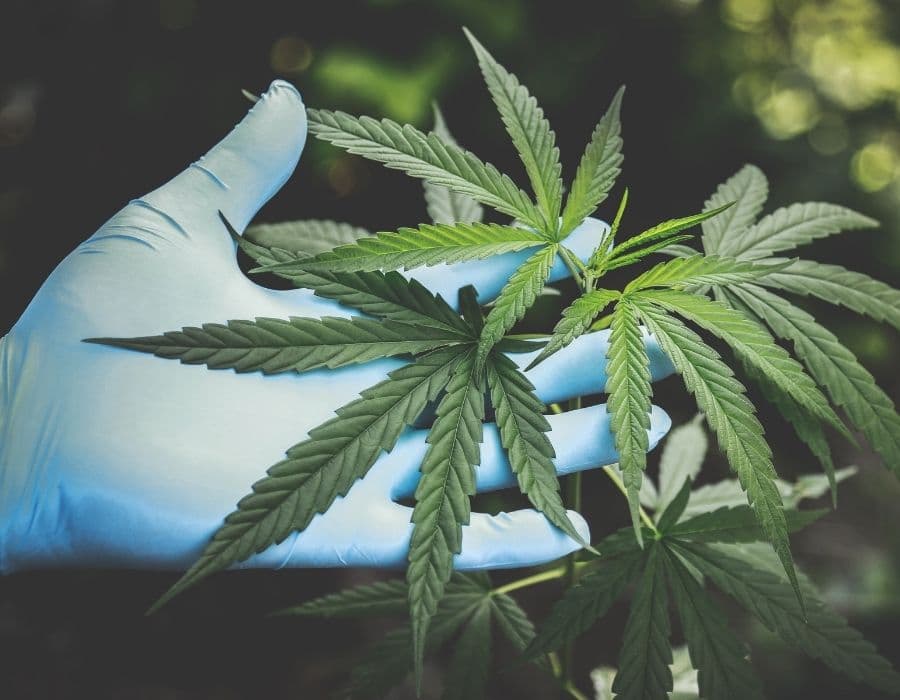If you talk to any seasoned grower about the importance of pH when growing marijuana, you will probably be directed to pull up a chair and have a seat. PH influences just about everything when it comes to growing cannabis.
From soil biology to chemical processes and physical properties, pH affects cannabis plant growth. And ultimately, the result in terms of quality and yield.
There are many factors to consider when growing a sumptuous cannabis cultivar. Decisions on growing mediums, environmental controls, and nutrient formulas form a plan but learning how pH plays a role in these choices elevates a grower’s success. Read on to find out why pH is so important and how it affects cannabis plant growth.
How pH is Measured
Simply put, pH is a measurement of how many hydrogen ions are present in a solution. Let’s delve into chemistry for a moment. Ions form when the number of protons in an atom is not equal to the number of electrons. With more protons present, the ion is positively charged, known as a cation. If an ion has more electrons, it is negatively charged and is called an anion.
Ions are busy little transporters, slewing electrons and protons here and there as atoms form. They are attracted to opposite charges but repel like ones. Hydrogen ions present a significant role in aqueous solutions, especially when nutrients enter the mix. Nutrient atoms also have electrical charges. When mixed with water, hydrogen ions go into overdrive.
Hydrogen ion concentrations determine whether a solution is acidic or basic, and pH is the measurement of the acidity or basicity of a solution. The scale ranges from 1 – 14, with seven being neutral. Acidic conditions rise as the scale trends downward, whereas basic, or alkaline, situations increase in number on the scale.
Furthermore, pH measurements are logarithmic, meaning each number increases ten-fold. For instance, a pH of 4 is ten times more acidic than a reading of five – there is a wide range between 4.1 and 4.9. This concept is imperative to realize as pH can vary widely with nutrient inputs.
Why is pH so Important to Cannabis Plant Growth?
From the substrate a cannabis plant is grown into the water and nutrients applied, pH affects how the plant will grow. Additionally, enzymatic activity, cellular mobility, and other biological actions depend upon proper pH balancing. Learning to find that sweet spot for optimal plant growth is challenging because conditions change quickly with pH imbalances.
Cannabis plants grow best in slightly acidic soil with a pH between 6.0 -7.0. Hydroponic growers, on the other hand, need to drop the range to 5.5 – 6.5. These parameters define the ability of marijuana plants to uptake soluble nutrients.
Solubility, or the ability to dissolve chemical compounds, determines pH.
As seen on the nutrient uptake chart, the big macronutrients, Nitrogen, Potassium, and Phosphorus have a wide berth on the pH scale. Looking at the microelements and some trace minerals toward the bottom of the chart reveals different circumstances.
While iron and manganese are essential elements in cannabis plant development, they become toxic to plants if pH levels drop below 5.0 as they become more soluble. Molybdenum and silica, on the other side, are taken up more readily in alkaline conditions. As you can tell, there is a lot more going on than just feeding a marijuana plant a good diet.
